Text written in Basque and translated automatically by Elia without any subsequent editing. SEE ORIGINAL
10 most threatened forests in the world
10 most threatened forests in the world
01/06/2011 | Elhuyar
Coinciding with the year 2011 declared International Year of Forests by the United Nations, Conservation International has published the list of the 10 most threatened forests in the world. These forests have lost 90% or more of their original habitat, with at least 1,500 endemic plant species. In addition, according to Conservation International, one billion people live in or around these 10 forests, directly or indirectly exploiting forest resources.
Indo-Burma
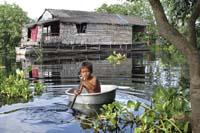
(Photo: Conservation International
East of India and south of China, only 5% of the original tropical forests remain. Its rivers and marshes form rich ecosystems in which some of the largest freshwater fish in the world live. Marshes have been destroyed to make rice fields, dams have been made in rivers to generate electricity and mangroves have become shrimp nurseries.
California Forests
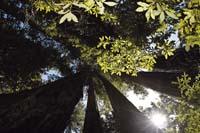
(Photo: William Crosse)
Home of the giant sequoias and condors of California. Grizzly bears who once lived have disappeared from these lands. Commercial agriculture has eliminated most of the forest land, where half of the vegetables consumed in the US are produced.
Coastal forests in East Africa
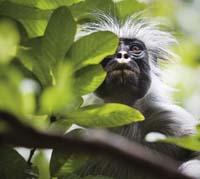
(Photo: Robin Moore/iLCP)
The red colobe of Zanzibar has become a tourist bait. It is one of the three endemic monkeys of these forests. Only 10% of the original forest remains and the rest is very fragmented.
Mountains of East Africa
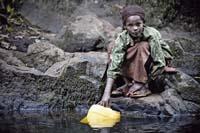
(Photo: Robin Moore/iLCP)
The mountains from Saudi Arabia to Zimbabwe have similar flora. There are some of the most surprising lakes in the world. The biodiversity of these great lakes is enormous, with 617 species of endemic fish among others.
Philippines

(Photo: Olivier Langrand)
One of the richest places in the world in biodiversity. The forests of the Philippines are populated by endemic species, including 6,000 plant and bird species such as the Philippine eagle ("Rhacophorus pardalis"), the second largest eagle in the world.
South American Atlantic Forest

(Photo: Conservation International/John Martin)
The tropical forests of Brazil, Paraguay, Argentina and Uruguay host nearly 20,000 plant species, 40% endemic, and a dozen endangered vertebrates.
New Caledonia
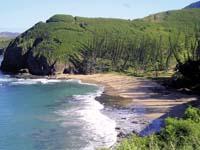
(Photo: Banaflo/Creative Commons/confess and share under the same authorization)
There are five families of endemic plants in the forests of New Caledonia. There grow the only known parasite of conifers and two-thirds of the regulatory species of the world, all endemic. Currently only 5% of the forest of origin remains.
Mountains of southwest China

(Photo: Conservation International/Piotr Naskrecki.)
In these mountains inhabits the great panda, known symbol of conservation, and his small cousin, the red panda (in the image). In addition, its river system is very rich in species. There is also the largest hydroelectric power plant in the world, Three Gorges Dam, and in most of the main rivers dam construction is planned.
Sundaland

(Photo: Conservation International/Haroldo Castro)
The region is dominated by the large islands of Borneo and Sumatra. Orangutans only live in their forests. The main threats are industrial forestry (rubber and palm oil, among others) and animal trafficking.
Islands of Madagascar and the Indian Ocean
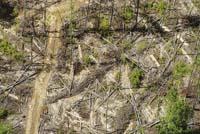
(Photo: Cristina Mittermeier/iLCP)
These forests collect numerous examples of species that have evolved in isolation. Despite their proximity to Africa, these islands host very different species, such as the 50 lemurs of Madagascar. Agriculture, hunting, the wood industry and mining are a growing threat.
Services
276
2011
Security
016
Environment
A spectacular world
Security
Buletina
Bidali zure helbide elektronikoa eta jaso asteroko buletina zure sarrera-ontzian











